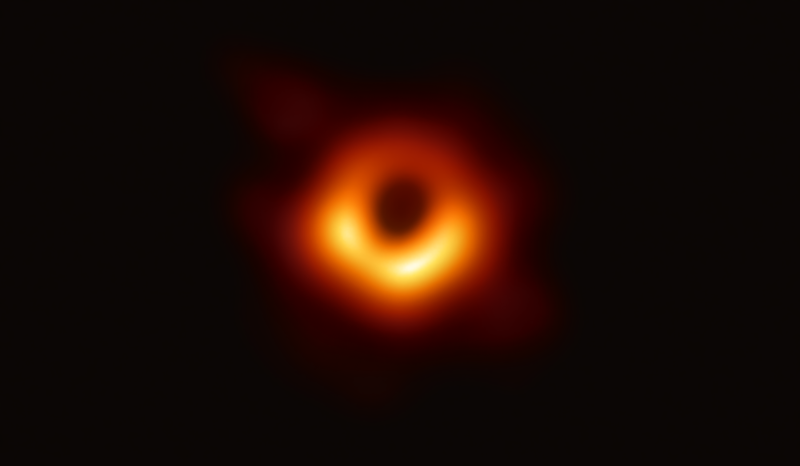According to NASA, Solar Orbiter, a joint project between NASA and the European Space Agency (ESA), which will observe the sun at the same time as Parker, but from 58.5 million miles (94.1 million kilometers) …
65 million years ago, an asteroid impact had ended the dinosaurian age. Now, DART is a step towards determining whether deflecting a potentially hazardous asteroid is possible.
Although many analysts say the deadline would likely slip, Artemis, named for the goddess who was Apollo’s twin sister in ancient Greek mythology, aims to bring humans back to the moon’s surface as early as 2025.
…the Artemis Moon-Mission will undoubtedly be a landmark in space exploration, as it will be the first such mission in over half a century.
A binary star is made up of two stars orbiting around their center of mass. A visual binary requires the stars to be relatively far apart and have very long orbital periods in order to be visible. Astronomers using the VLBA have produced a full, 3-D view of a binary...
We, tiny particles on Earth, have a ton of universe left to comprehend with our limited abilities and technologies. The James Webb Telescope is NASA’s newest, most powerful tool for understanding the farthest reaches of the universe; how planets formed, how galaxies evolved, how stars and black holes came to...
During a discussion today, the Artemis 1 team firmly decided to go ahead with a liftoff attempt on Saturday, September 3, from NASA’s Kennedy Space Center in Florida (Sept. 1). When the moment arrives, a two-hour window beginning at 2:17 p.m. EDT will allow you to witness the anxiously awaited...
Physicists disagree on whether or not the treasure found in the first image of a black hole has been uncovered. According to a team of researchers, the supermassive black hole in the galaxy M87 has a thin halo of light surrounding it called a photon ring. The photon ring would...
NASA has recently shared a stunning Hubble image of TYC 3203-450-1, a little-studied star, that outshines a galaxy in Lacerta. Hubble Space Telescope had captured the image in December 2017. Although both the star and the galaxy are within the same Lizard constellation, Lacerta, the star is much closer than...
Stating that the reason behind NASA stopping the manned moon missions is due to the need for huge monetary expenditure, NASA had stopped manned mission to the Moon after the completion of Apollo 17’s 12-day mission between 7 and 19 December, 1972.
Such a capability of detecting gases like CO2 around an exoplanet normally indicates that the Webb telescope has potential to find clues about alien life forms as well in the future.
The scientists’ findings published in the Jan. 14 issue of Science have shown how gravitational fields exhibit the same strange physics in the new experiment.
Galaxy NGC 4303 is also called a starburst galaxy because unusually high amount of stars are getting birth there.
Do you know Mik, astronomers have concluded that Betelgeuse, a red supergiant star, blew its top in a substantial amount in 2019, losing a significant portion of its visible surface and generating a huge Surface Mass Ejection (SME)? How is it anything new, Rik? Our sun also frequently behaves like this,...
The Psyche mission is considerably significant as it offers a great opportunity to study the history of collisions and accretion that created terrestrial planets. B











